In memoriam: Paolo Portoghesi (1931 - 2023)
Postmodernist Italian architect Paolo Portoghesi has died; writer David Plaisant celebrates his life and legacy, recalling his visit to Calcata for a feature in the Wallpaper* April 2021 issue
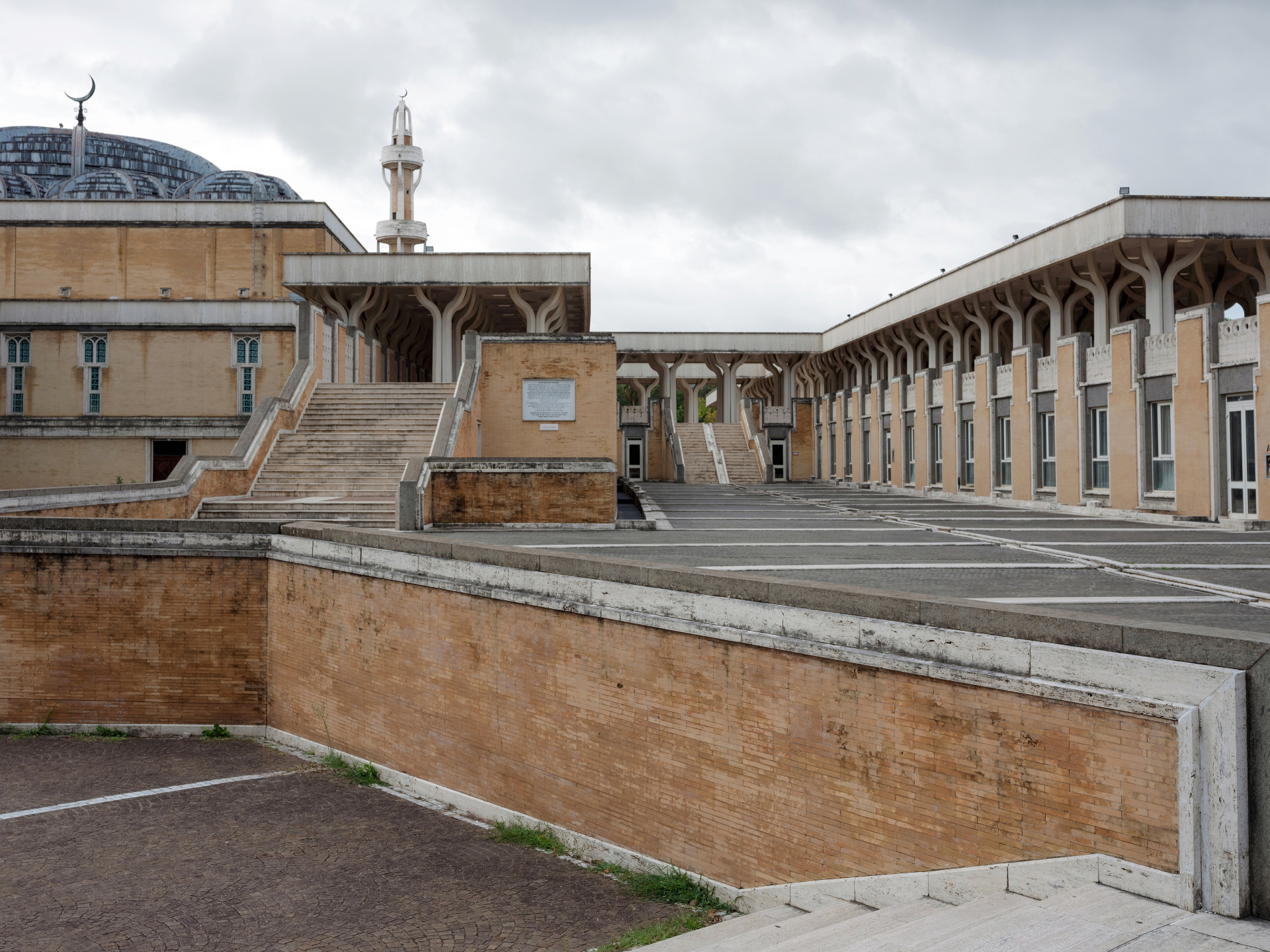
There was an air of uncertainty about our meeting with Paolo Portoghesi, as we approached the ancient hilltop town of Calcata, just beyond Rome’s urban sprawl, on a cold morning in February 2020. Not only had the appointment been made with very little instructions, but there was news of cases of a new virus proliferating in Italy. Gloomy clouds overhead only brought further worry. Once at the prolific postmodernist’s sprawling house, and only after getting a very courteous welcome from Portoghesi (who was 89 at the time) could photographer Leonardo Magrelli and I begin to relax.
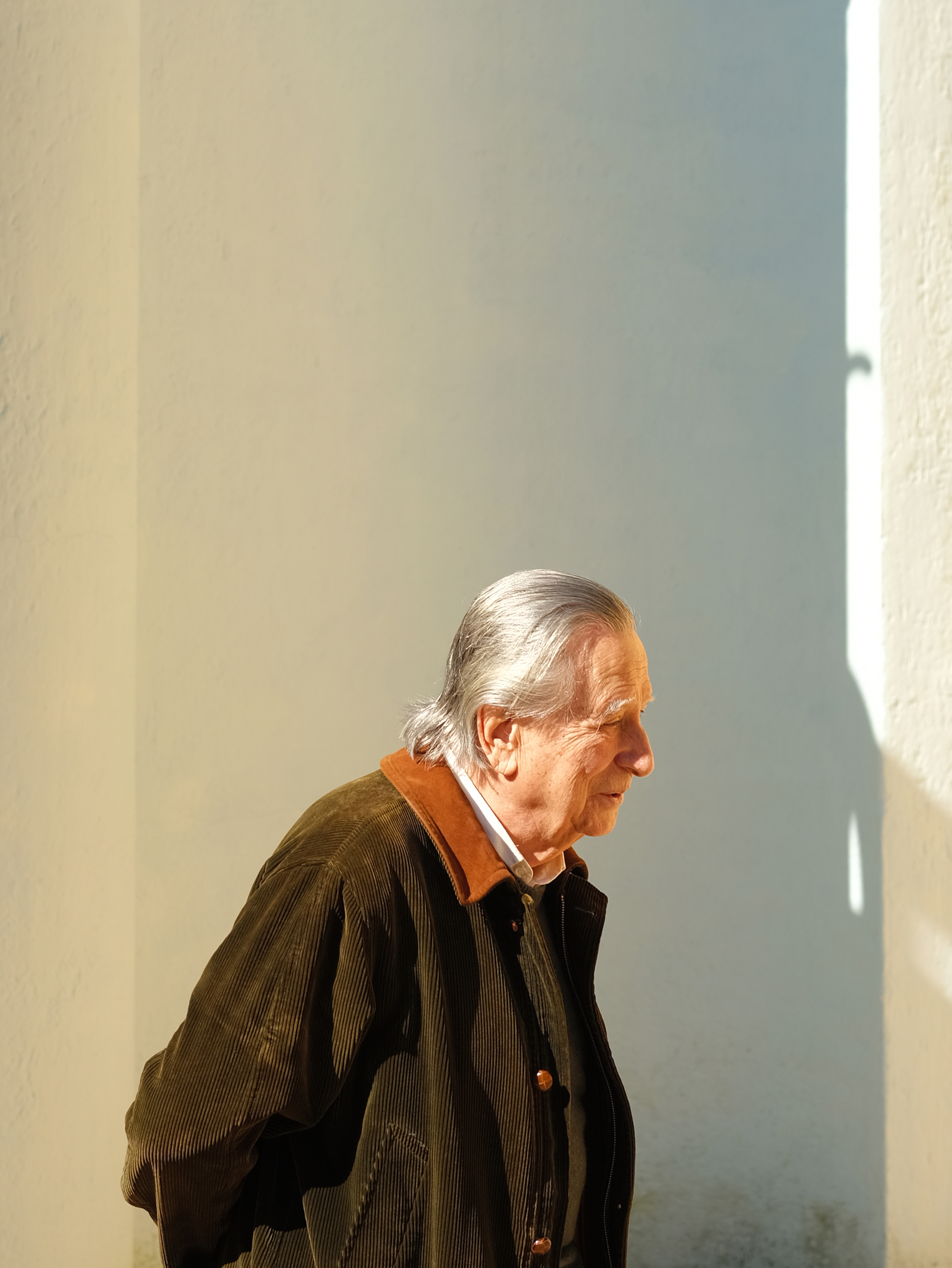
Architect Paolo Portoghesi photographed in the gardens of his home in Calcata, Lazio in 2020
Paolo Portoghesi: his work and inspiration
Over the next four hours we were shown around personally by the spritely architect himself. It was a tour that not only took in the extraordinary house and grounds he shared with his wife Giovanna, but was a meandering journey through the mind of a man whose more than eight decades of output went far and beyond the built realms of architecture. When he was just 16, he produced his first book, a hand-bound, hand-illustrated biography of baroque master Francesco Borromini, a figure that was to perennially inspire Portoghesi over the decades. From a 1967 Rai TV documentary to his seminal and unrivaled 'Borromini. Life and Works' (last edition was 2019), Portoghesi was and still is the Italian authority on baroque architecture.
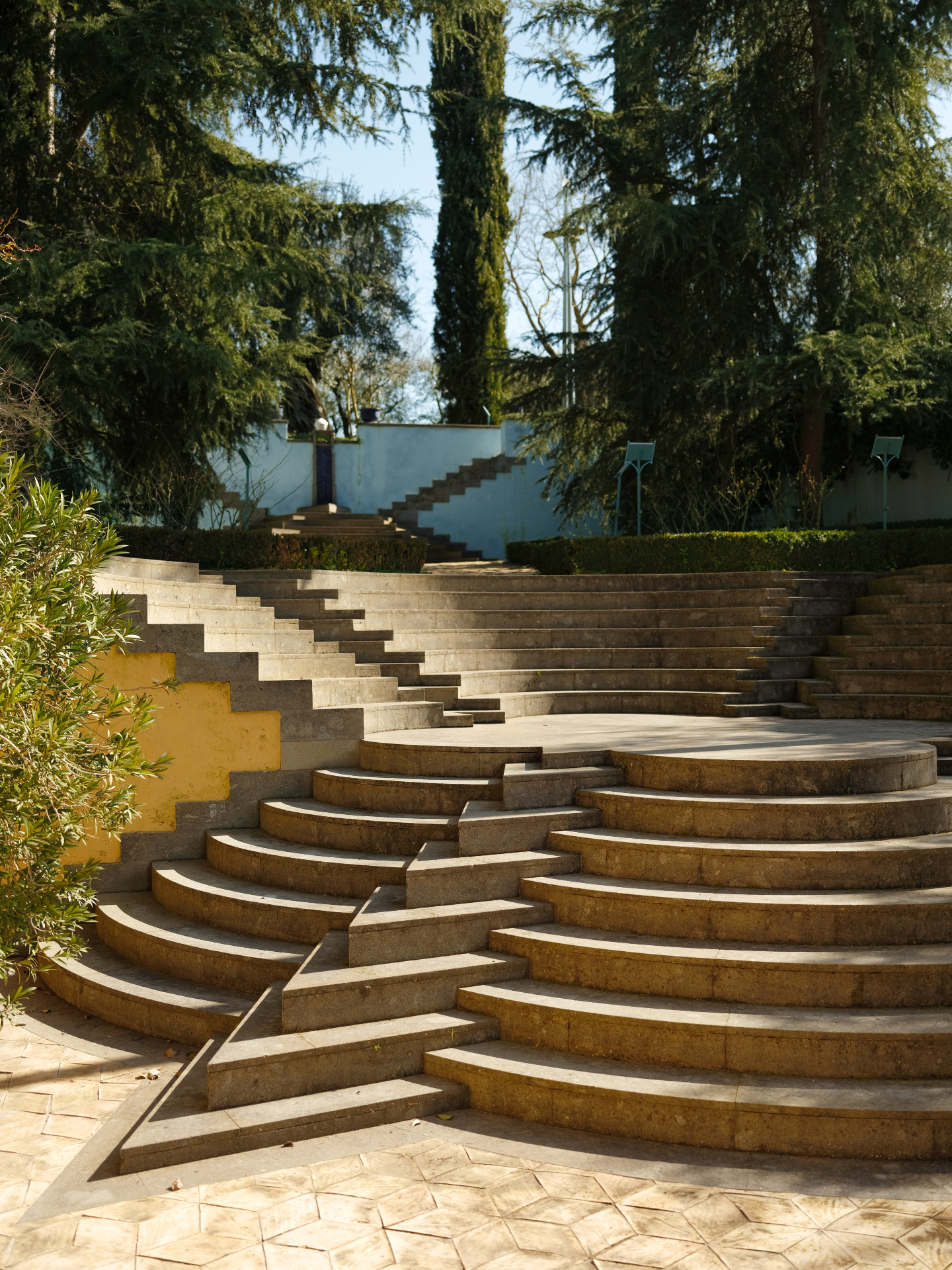
Portoghesi's home features a series of steps that echo the geometric patterns found inside Francesco Borromini’s Sant’Ivo alla Sapienza in Rome
He was fixated on the baroque’s use of the curve and in particular its juxtaposition with the straight line, a phenomenon Portoghesi found to be poetic and full of irony. Indeed much of his work intentionally mirrored the tricks and twists of Borromini’s San Carlo (1660) or Sant’Ivo alla Sapienza (1644) in Rome. Three of Portoghesi's Roman projects - the Casa Baldi (1959), Casa Papanice (1966) and half a century later, his reconfiguration of the Piazza San Silvestro in 2012 - show his tenacity and ingenuity in being able bring the baroque back from the dead in a very modern way.
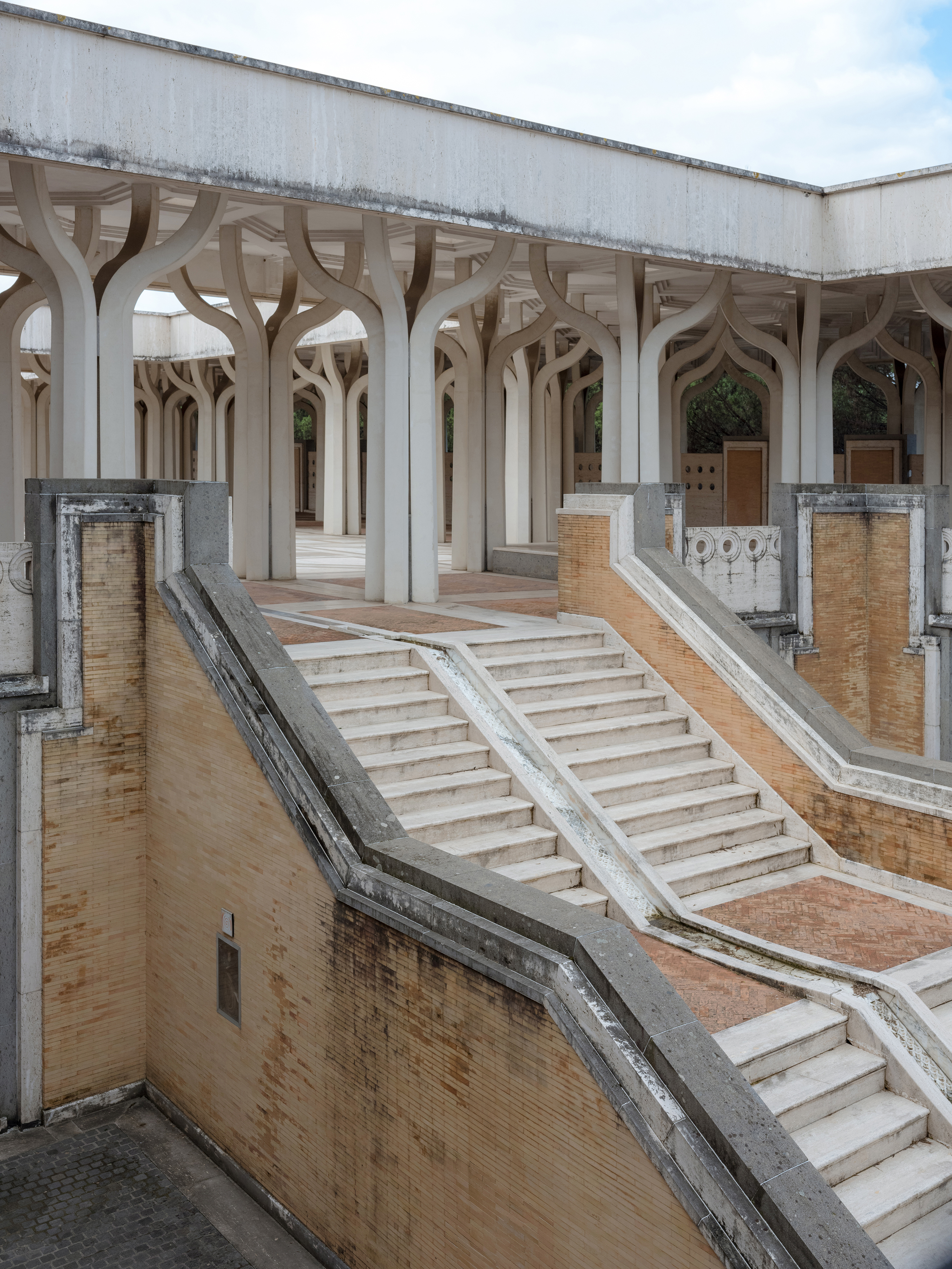
Staircase entrance at the Mosque of Rome
His house was a place filled with thousands of objects, beautifully arranged, and above all books in every conceivable nook and cranny. 'People take me for a historian who designs buildings,' he told us before explaining that for him, the historian in him always played second fiddle to the architect. It was his embedded historicism however, that led to what might be his most celebrated building, the Grand Mosque of Rome which he designed together with Vittorio Gigiotti and Sami Mousawi (completed 1994). Portoghesi’s love for the Art Nouveau and Victor Horta who he wrote about extensively, can be seen in much of the Mosque’s sinuously decorative style.
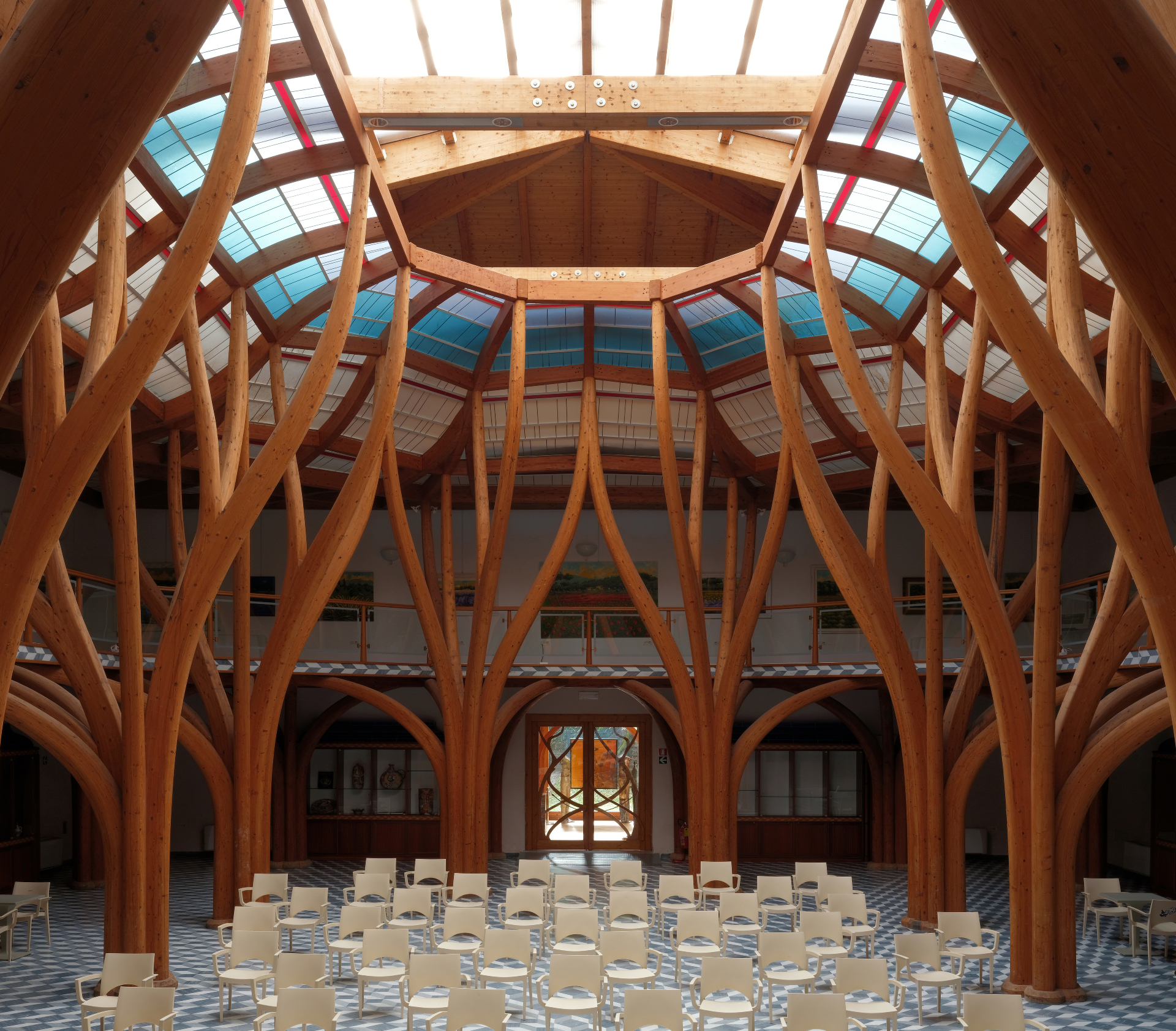
The Sala Portoghesi, at the Terme Tettuccio spa in Montecatini, designed by Portoghesi in 1987
Portoghesi was also pivotal in the creation of the first Venice Architecture Biennale in 1980. He curated the 'Strada Novissima' exhibition there, for which he wrangled submissions from some of the world’s most prominent architects, among them Frank Gehry, Rem Koolhaas, Arata Isozaki, Robert Venturi and Denise Scott Brown, and Ricardo Bofill. The exhibition is considered by many as a rallying point for the postmodernist movement, and certainly one of its most intellectually rigorous manifestations.
Poalo Portoghesi, the postmodernist architect and art historian, died peacefully at his home in Calcata on the 30th May 2023. He was 92 years old.
Receive our daily digest of inspiration, escapism and design stories from around the world direct to your inbox.
David is a writer and podcaster working (not exclusively) in the fields of architecture and design. He has contributed to Wallpaper since 2022 when he wrote about the late, postmodernist architect and founder of the Venice Architecture Biennale - Paolo Portoghesi reporting from his home outside Rome. In 2024, David launched Arganto - Gabriele Devecchi Between Art & Design, a podcast exploring the life and legacy of this Milanese silversmith and design polymath.
-
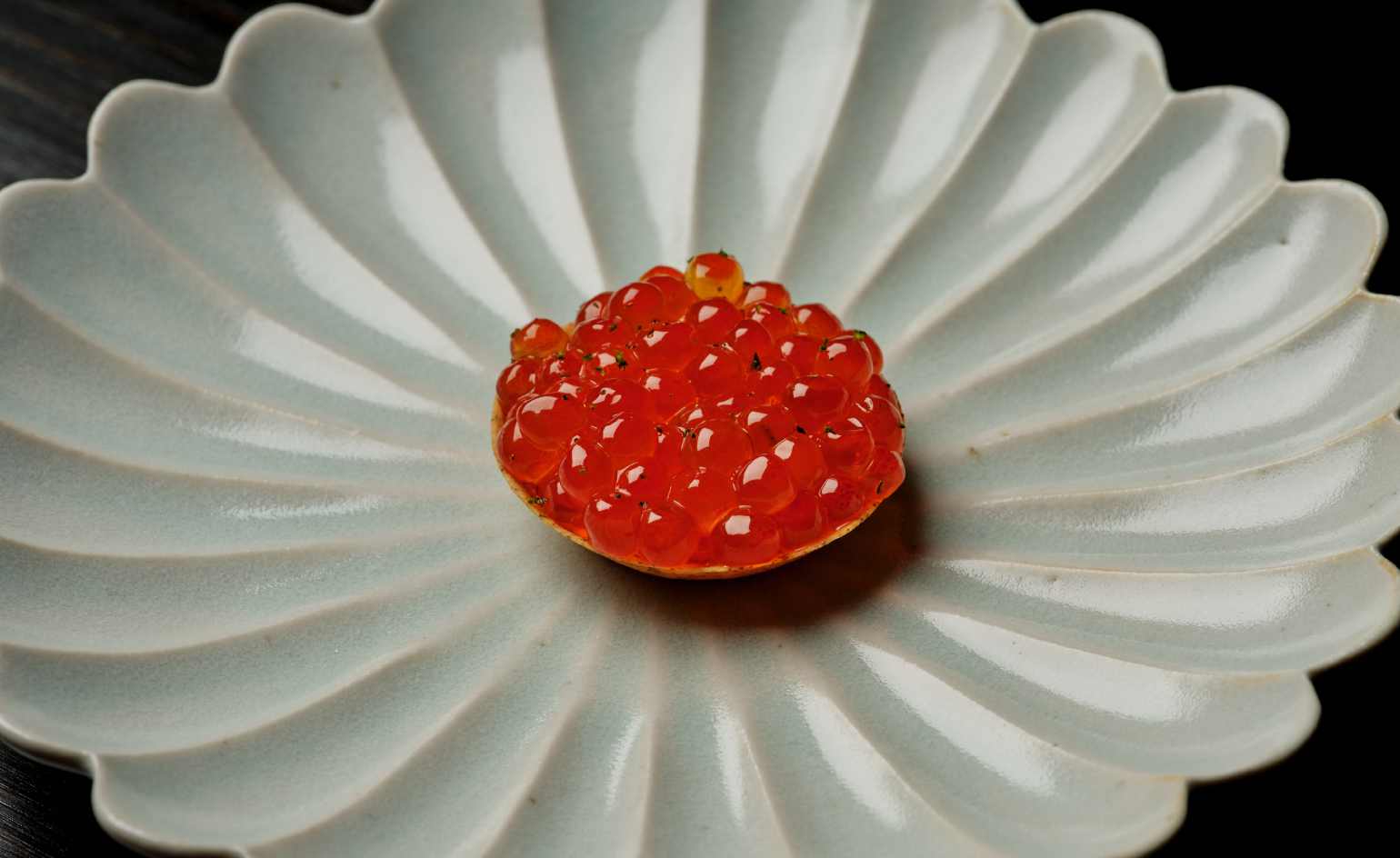 This cult Los Angeles pop-up restaurant now has a permanent address
This cult Los Angeles pop-up restaurant now has a permanent addressChef Brian Baik’s Corridor 109 makes its permanent debut in Melrose Hill. No surprise, it's now one of the hardest tables in town to book
-
 French bistro restaurant Maset channels the ease of the Mediterranean in London
French bistro restaurant Maset channels the ease of the Mediterranean in LondonThis Marylebone restaurant is shaped by the coastal flavours, materials and rhythms of southern France
-
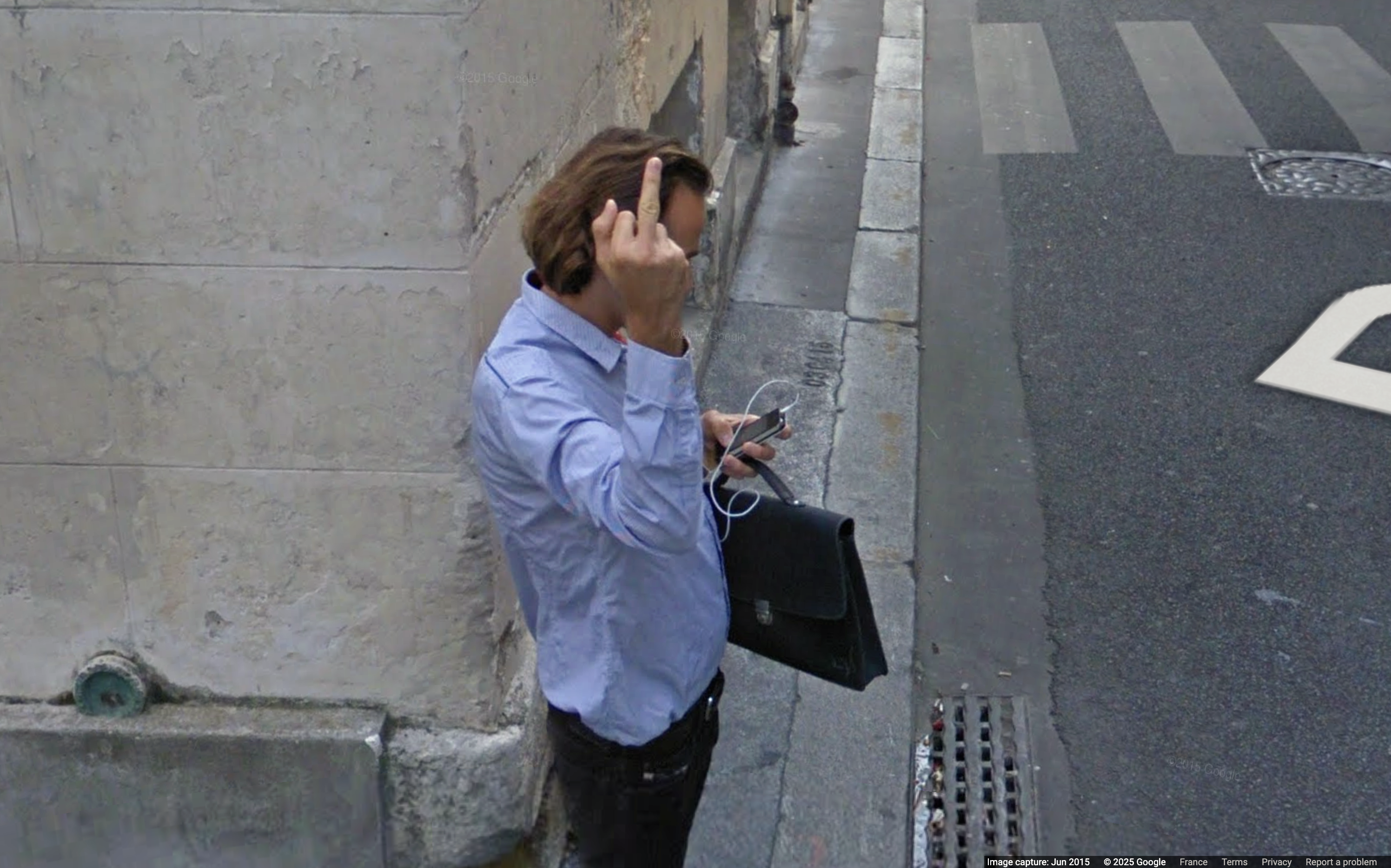 How ethical is Google Street View, asks Jon Rafman in Copenhagen
How ethical is Google Street View, asks Jon Rafman in CopenhagenIn 'Report a Concern - the Nine Eyes Archives' at Louisiana Museum of Art, Copenhagen, Jon Rafman considers technology's existential implications
-
 Modernist Palazzo Mondadori’s workspace gets a playful Carlo Ratti refresh
Modernist Palazzo Mondadori’s workspace gets a playful Carlo Ratti refreshArchitect Carlo Ratti reimagines the offices in Palazzo Mondadori, the seminal work by Brazilian master Oscar Niemeyer in Milan
-
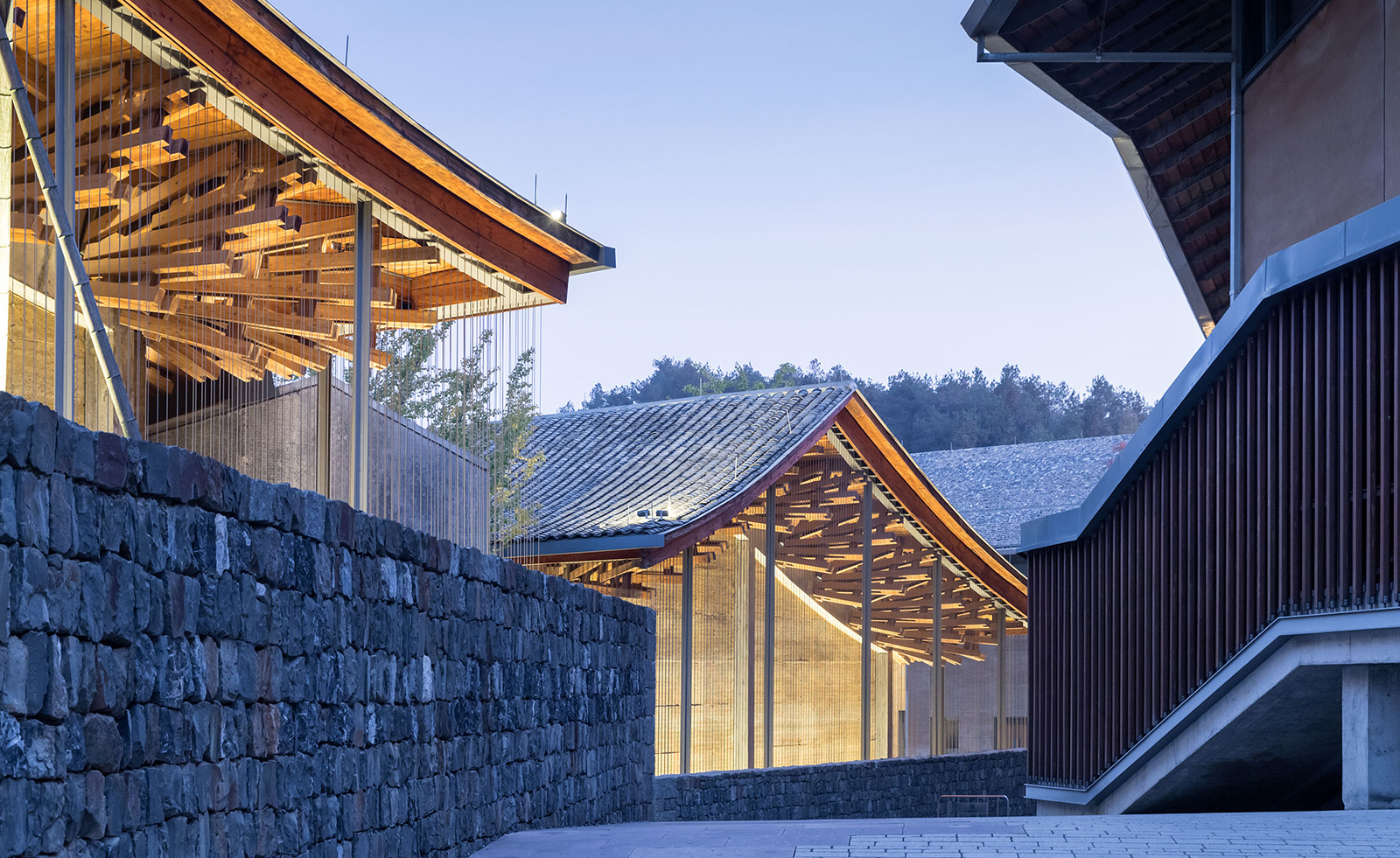 Wang Shu and Lu Wenyu to curate the 2027 Venice Architecture Biennale
Wang Shu and Lu Wenyu to curate the 2027 Venice Architecture BiennaleChinese architects Wang Shu and Lu Wenyu have been revealed as the curators of the 2027 Venice Architecture Biennale
-
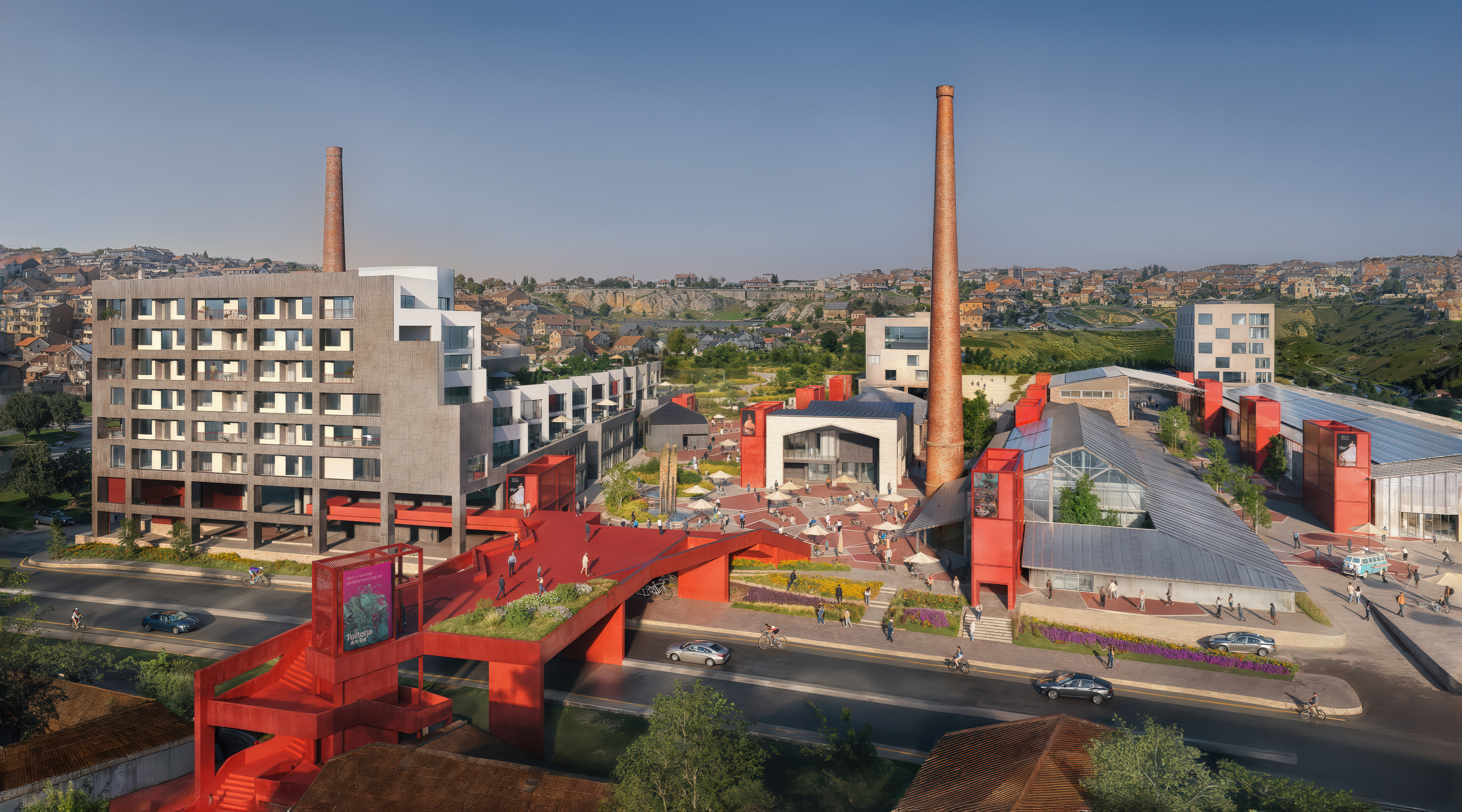 At the Holcim Foundation Forum and its Grand Prizes, sustainability is both urgent and hopeful
At the Holcim Foundation Forum and its Grand Prizes, sustainability is both urgent and hopefulThe Holcim Foundation Forum just took place in Venice, culminating in the announcement of the organisation's Grand Prizes, the projects especially honoured among 20 previously announced winning designs
-
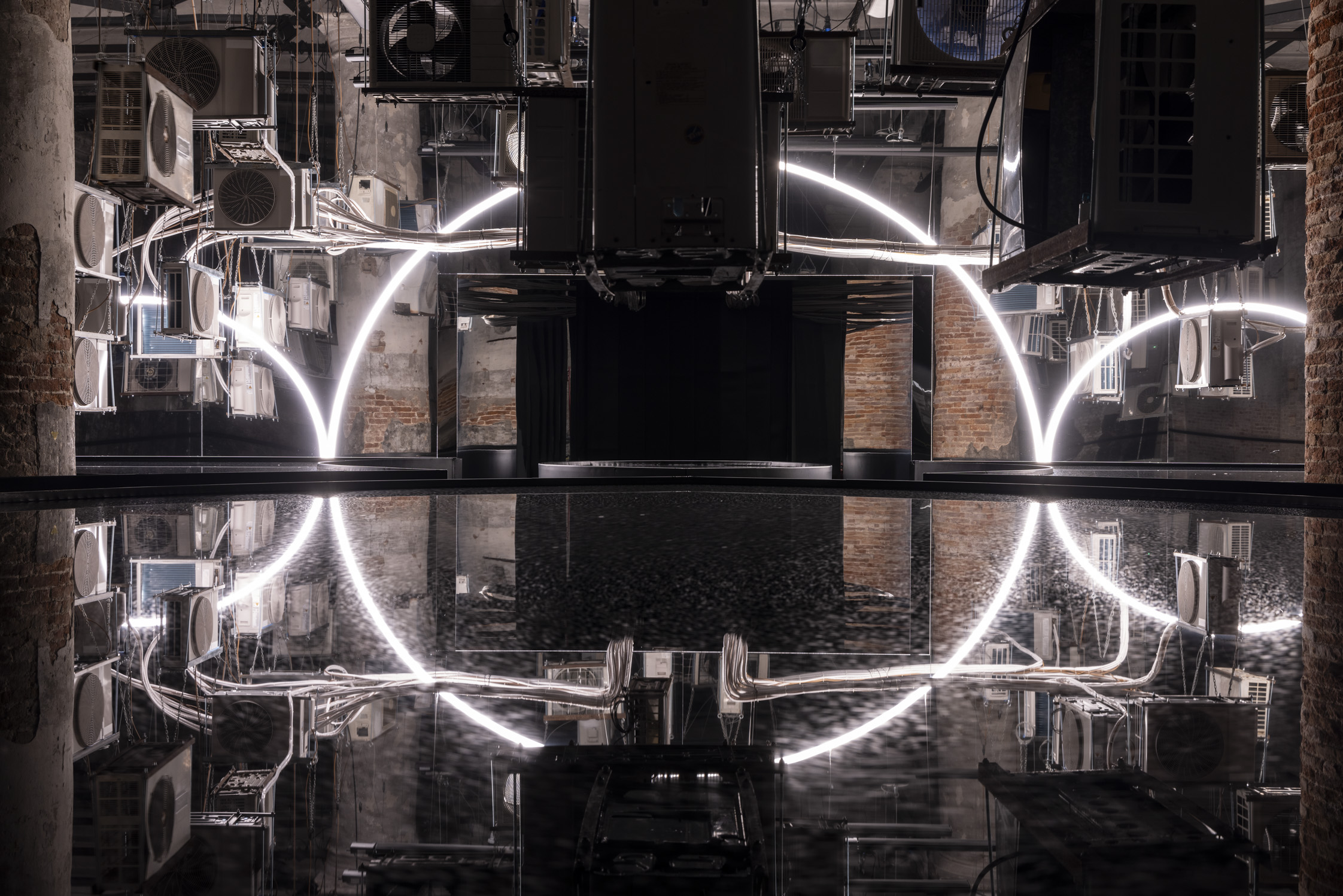 Carlo Ratti reflects on his bold Venice Architecture Biennale as it closes this weekend
Carlo Ratti reflects on his bold Venice Architecture Biennale as it closes this weekendThe Venice Architecture Biennale opens with excitement and fanfare every two years; as the 2025 edition draws to a close, we take stock with its curator Carlo Ratti and ask him, what next?
-
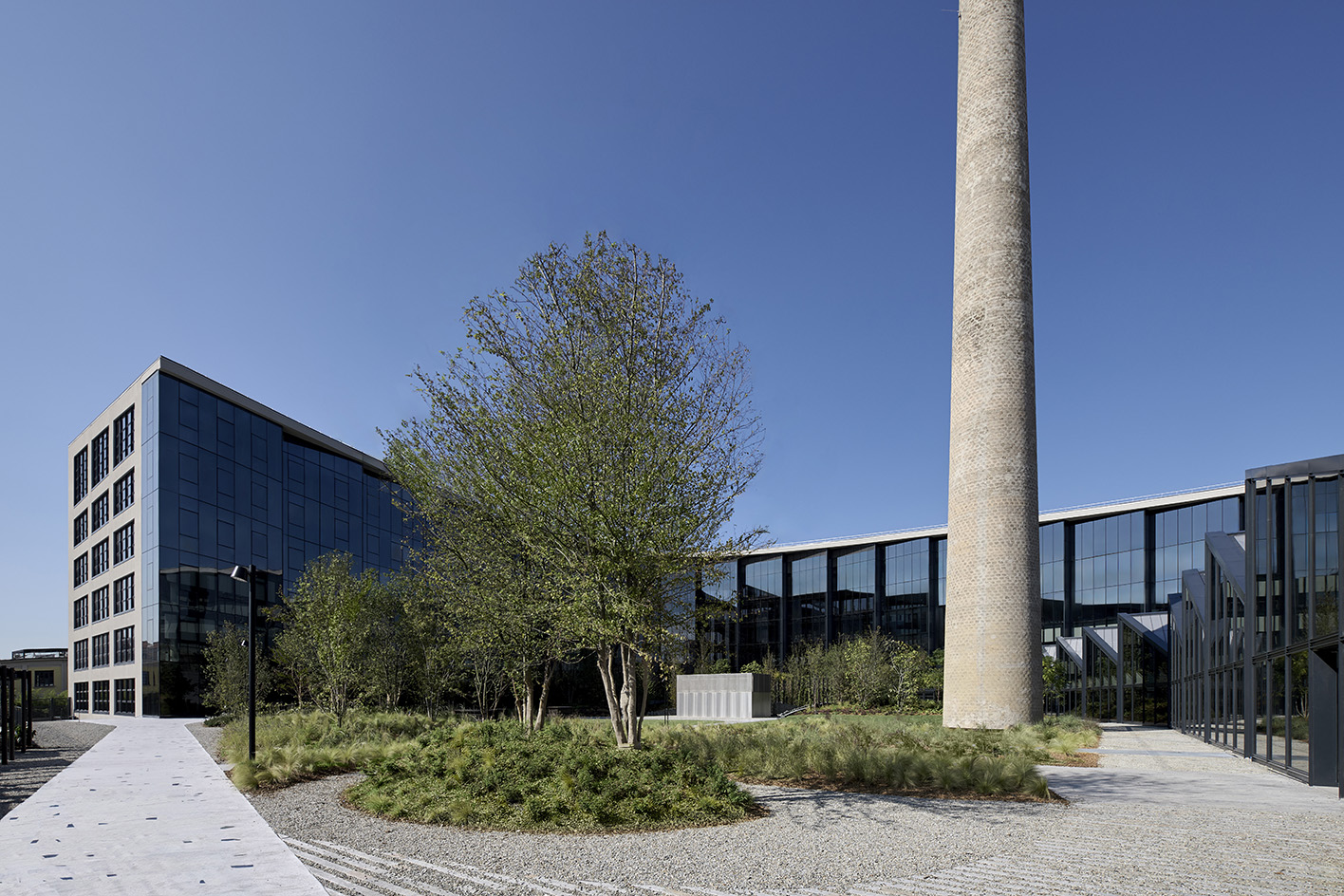 Step inside Casa Moncler, the brand’s sustainable and highly creative Milanese HQ
Step inside Casa Moncler, the brand’s sustainable and highly creative Milanese HQCasa Moncler opens its doors in a masterfully reimagined Milanese industrial site, blending modern minimalism and heritage, courtesy of ACPV Architects Antonio Citterio Patricia Viel
-
 Aldo Frattini Bivouac is a mountain shelter, but not as you know it
Aldo Frattini Bivouac is a mountain shelter, but not as you know itA new mountain shelter on the northern Italian pre-Alp region of Val Seriana, Aldo Frattini Bivouac is an experimental and aesthetically rich, compact piece of architecture
-
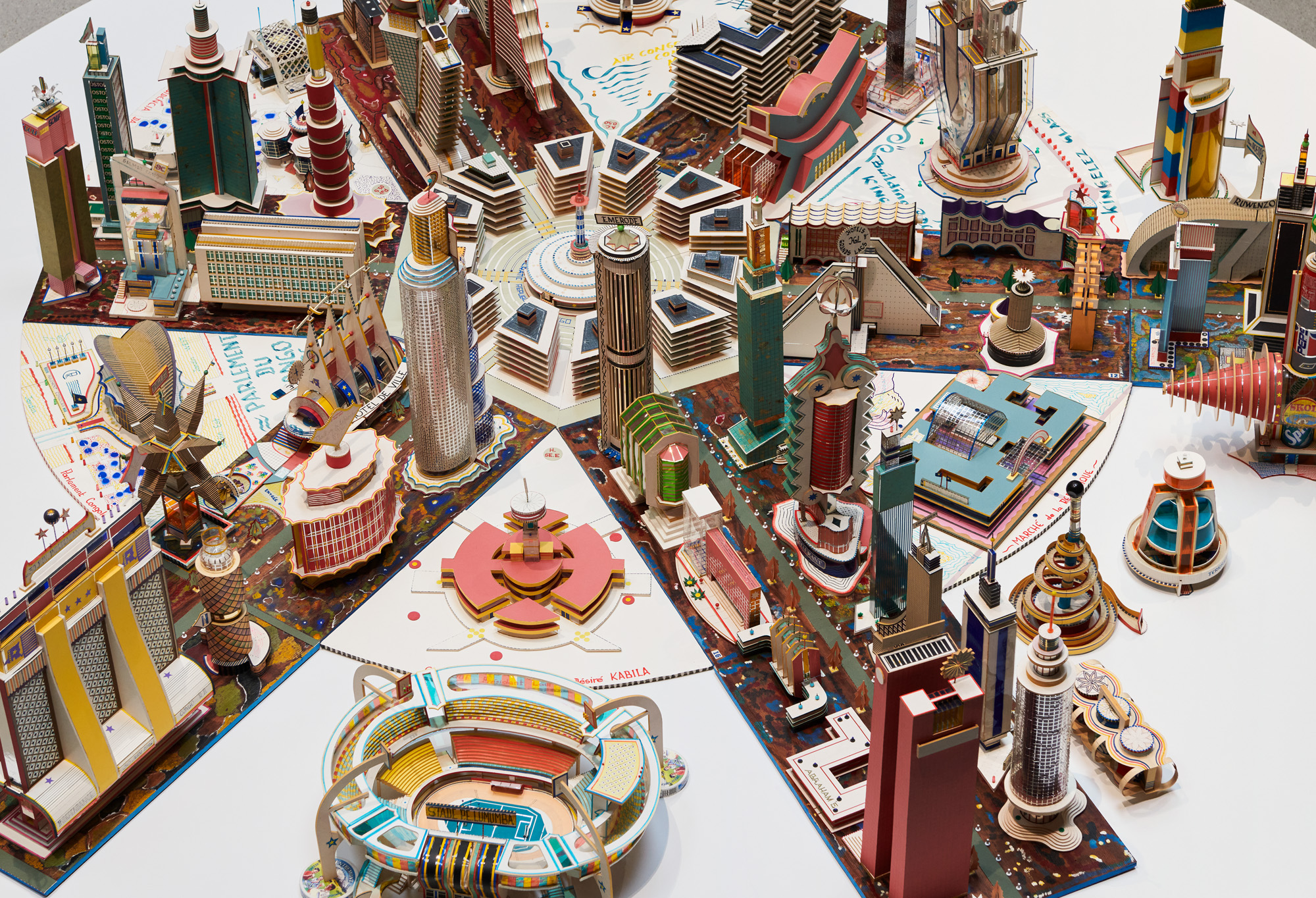 ‘You have to be courageous and experimental’: inside Fondation Cartier’s new home
‘You have to be courageous and experimental’: inside Fondation Cartier’s new homeFondation Cartier pour l'art contemporain in Paris invites us into its new home, a movable feast expertly designed by Jean Nouvel
-
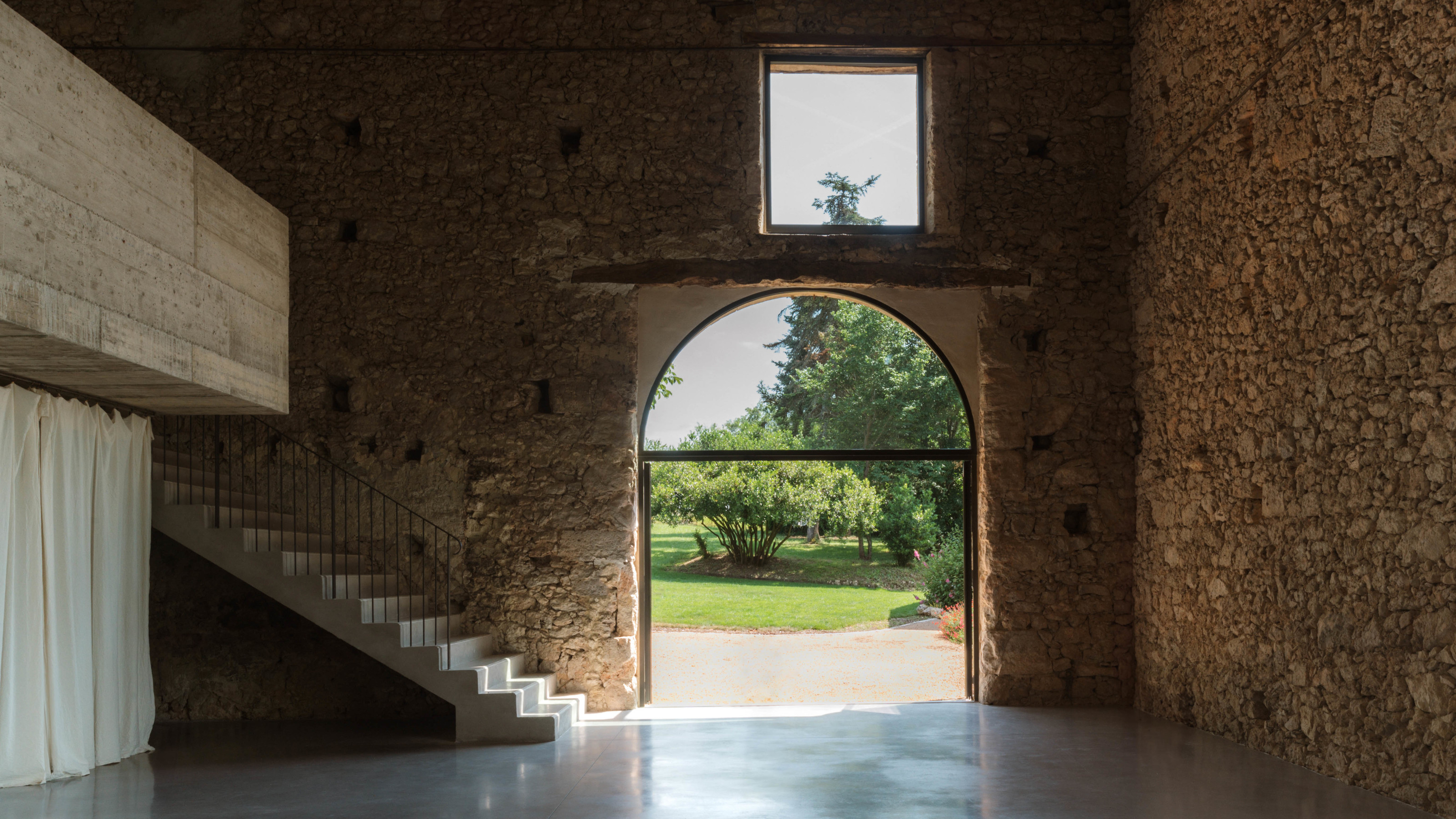 A wellness retreat in south-west France blends rural charm with contemporary concrete
A wellness retreat in south-west France blends rural charm with contemporary concreteBindloss Dawes has completed the Amassa Retreat in Gascony, restoring and upgrading an ancient barn with sensitive modern updates to create a serene yoga studio